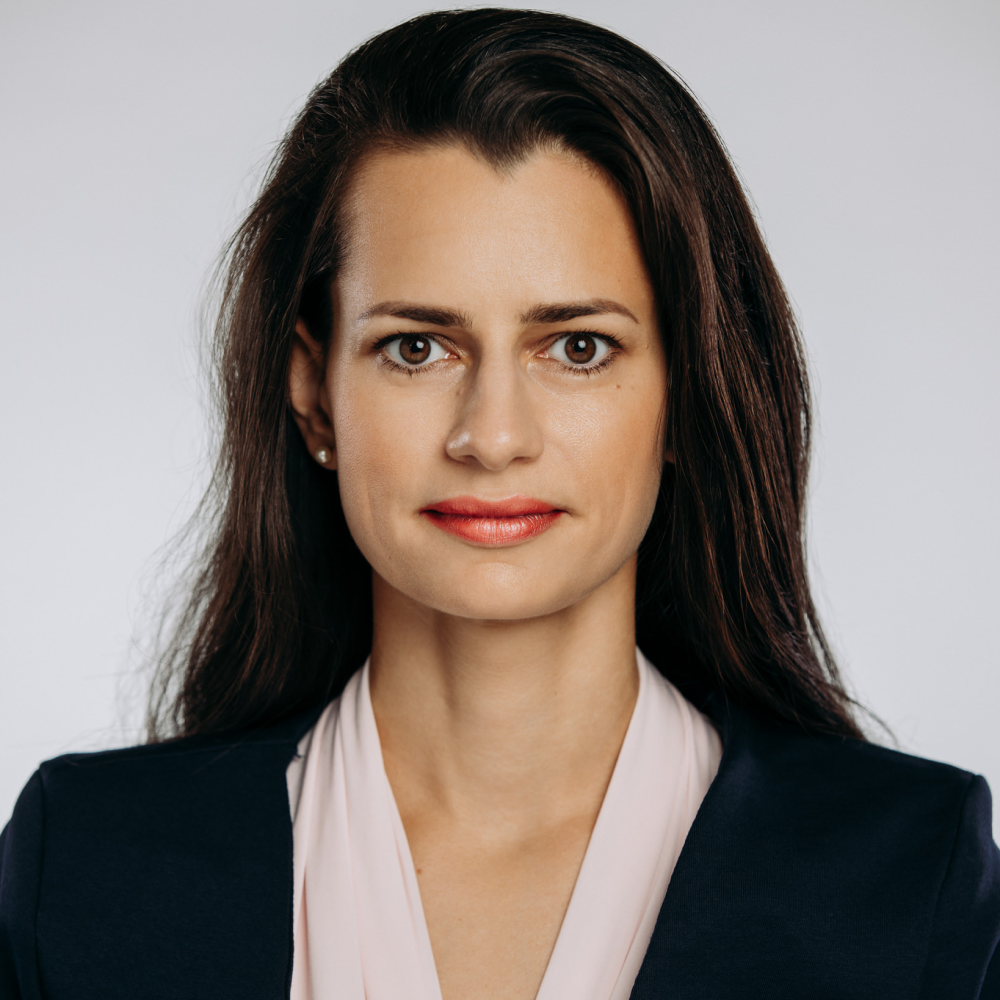Loyalty programs as we know them are undergoing a rapid and significant change to meet the high expectations of the modern customer. And this change is universal across all countries and industries, as new loyalty programs are being launched in a wide variety of sectors, including agriculture, automotive, fashion, transportation and more.
In order to provide a comprehensive look into the current and future state of the loyalty market, Antavo has published the Global Customer Loyalty Report 2022. Utilizing the insight provided by over 320 corporate survey respondents, independent loyalty experts, and 25 million member actions tracked via Antavo’s Loyalty Management system, this report is meant to be an action plan for current or future loyalty program owners to increase the performance of their loyalty program, drive important business KPIs, and build stronger, longer-term relationships with their customers.
By: Zsuzsa Kecsmar
Here are some of the major report highlights:
LOYALTY PROGRAMS PROVIDE GREAT RESULTS, BUT BRANDS’ PRIORITIES HAVE SHIFTED
Over the years, loyalty programs have become standard practice across all industries. But do they deliver good results? Survey responses paint an interesting picture, with significant implications for the future: 56.0% of program owners are satisfied or very satisfied with their loyalty program, claiming that their existing rewards program contributes to sales, delivers great ROI, and is popular among customers. On the other hand, 42.3% of respondents reported neutral satisfaction, stating they could be getting better results.
However, it’s worth pointing out that the reason for wanting to run a loyalty program has changed. Up until early 2020, the three biggest challenges for companies were integrating loyalty marketing into their main strategy, technology burdens that made it difficult to innovate, and the need to offer seamless omnichannel experiences.
But in 2021, the need for capabilities that allow a seamless omnichannel loyalty experience have clearly taken precedence, becoming the biggest focus for the large majority of organizations. Interestingly, technology burdens are no longer a major concern. Instead, interest has shifted towards gathering and utilizing customer data, which remains a major focus for loyalty program owners.
LOYALTY PROGRAMS HAVE PROVEN EFFECTIVE DURING CRISIS SITUATIONS
The Covid-19 pandemic had lasting effects on businesses all over the world. However, it wasn’t the only recent crisis marketers have had to face. With the rising number of online privacy laws emerging and with Google deciding to phase out third-party cookies, companies see their data strategy being threatened.
Amidst these varying marketing and engagement challenges, loyalty programs have been recognized as an effective crisis management solution. When asked about the direct impact, 62.1% of the survey participants reported that their loyalty program has helped keep their customers engaged during the Covid-19 crisis. Tiers, in particular, have proved to be a valuable asset, as Antavo’s own data suggest that through Covid-19 members in a higher tier level had a 29.6% higher visit frequency than members in lower tiers.
Loyalty programs also play an important role in capturing and leveraging zero- and first-party data, proven by the fact that survey respondents voted “data collection and use” as one of the three most influential loyalty trends for the coming years. Not only that, 66.4% of respondents stated that when it comes to their company’s overall strategic decisions, customer loyalty and loyalty marketing have an important impact.
BUSINESSES ARE HEAVILY INVESTING IN EMOTIONAL LOYALTY
Emotional loyalty and personalization are recurring themes throughout the report. In short, emotional loyalty helps form a deeper connection, and it happens when every communication, action, and input customers receive from a brand makes them feel recognized and important.
When asked, just 20.7% of respondents offering a loyalty program classified their program as more emotional than rational, which means the majority of existing loyalty programs still follow the rational, transaction-based model. However, when a similar question was asked to companies planning to launch their loyalty program in the next two years, 53.6% of respondents said their program would be more emotional than rational.
These numbers indicate that a growing number of loyalty programs in the coming years (either entirely new or revamped programs) will have emotional components. In this sense, experiential rewards are a popular choice. Both current and upcoming loyalty program owners responded positively to this topic, with 65.2% of current program owners stating that they plan to add them in the near future, and 55.4% of future program owners claiming their reward system would include it.
In conclusion, the loyalty program landscape is rapidly changing behind the scenes. In three years, what’s considered to be “the default” by loyalty program members will have changed forever. As such, companies — regardless of their industry — should consider taking action by revamping their existing program to include must-have reward types and functionalities, ahead of the curve. And companies that do not yet have a loyalty program should plan to build their loyalty concept according to future trends.
DOWNLOAD THE FULL REPORT HERE.
Zsuzsa Kecsmar is the Co-founder, CMO and Head of Partnerships of Antavo. She has been a part of Antavo’s growth from startup to scaleup. Listed by Forbes as one of Europe’s top 100 female founders in tech, Zsuzsa is a former journalist recognized by the European Commission.





